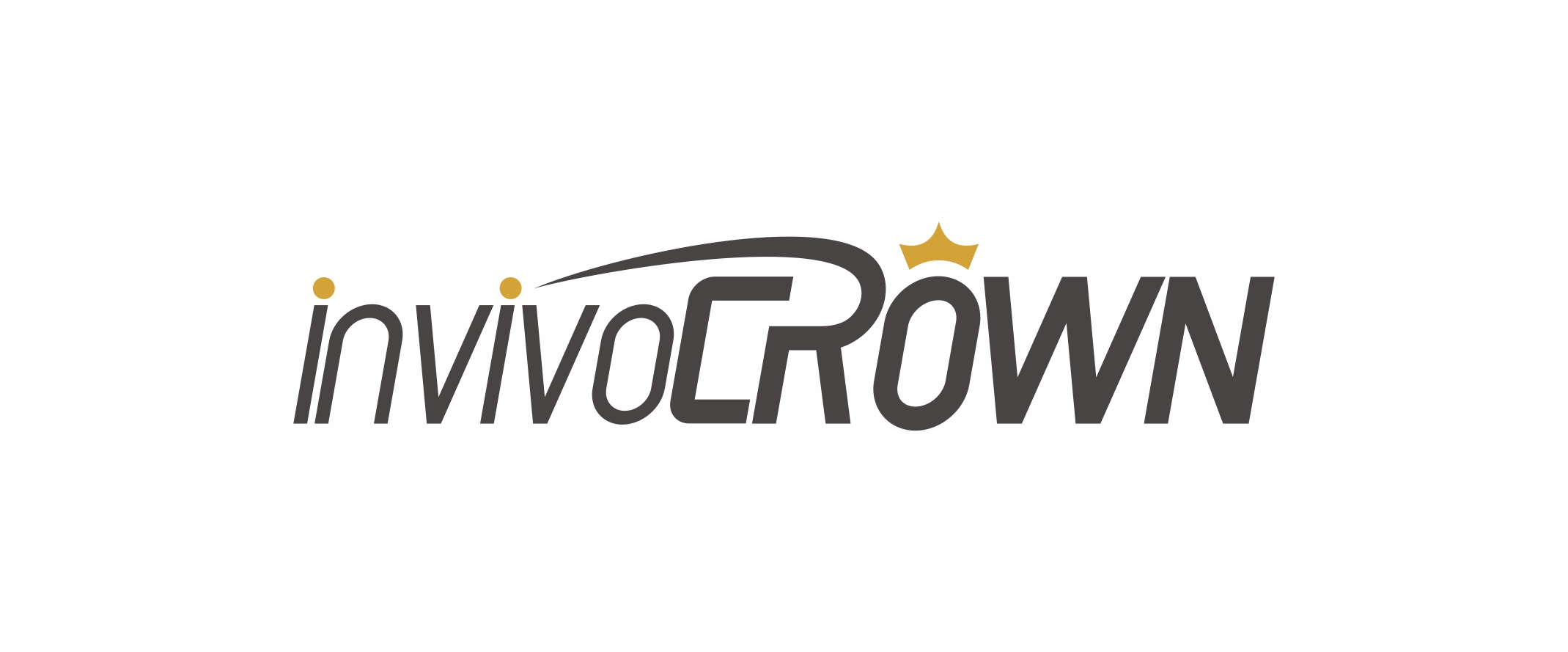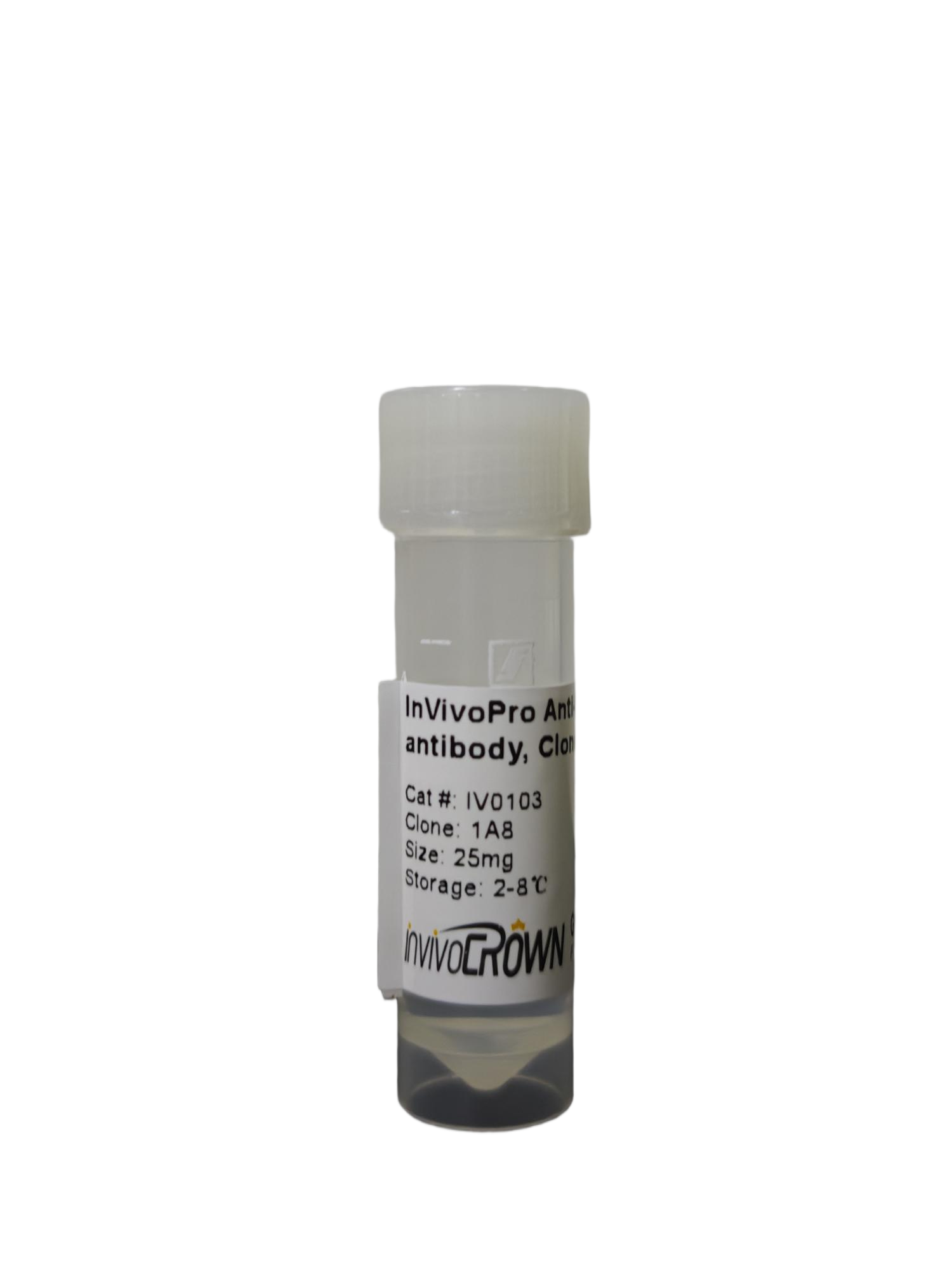| Catalog |
IV0120 |
| Product Name |
InVivoPro Anti-Mouse CD28 in vivo antibody, Clone 37.51 |
| Size |
1mg/5mg/25mg/50mg/100mg |
| Isotype |
Syrian Hamster IgG |
| Clone |
37.51 |
| Target |
CD28 |
| Other Names |
MGC138290, Tp44, T44 |
| Isotype Control Catalog Code |
Syrian Hamster IgG Isotype Control |
| Dilution Buffer |
PBS, pH 7.2, contains no stabilizers or preservatives |
| Reactivity |
Mouse |
| Host Species |
Syrian Hamster |
| How much antibody to use in vivo |
5 μg/mL for in vitro; 100 μg per mouse. This range is based off the most recent publication data using the 37.51 clone in vivo. Each investigator should determine their own optimal working dilution for specific applications. |
| Background |
CD28 (Cluster of Differentiation 28) is one of the molecules expressed on T cells that provide co-stimulatory signals, which are required for T cell activation. CD28 is composed of a single Ig V-like extracellular domain, a transmembrane domain and an intracellular domain. It is expressed on the cell surface as disulfide-linked homodimer or as monomer. CD28 is the receptor for B7.1 (CD80) and B7.2 (CD86). When activated by Toll-like receptor ligands, the B7.1 expression is upregulated in antigen presenting cells (APCs). The B7.2 expression on antigen presenting cells is constitutive. CD28 is the only B7 receptor constitutively expressed on naive T cells. Stimulation through CD28 in addition to the TCR can provide a potent co-stimulatory signal to T cells for the production of various interleukins (IL-2 and IL-6 in particular). CD28 possesses an intracellular domain with several residues that are critical for its effective signalling. CD28 also contains two proline-rich motifs that are able to bind SH3-containing proteins.CD28 has also been found to stimulate eosinophil granulocytes where its ligation with anti-CD28 leads to the release of IL-2, IL4, IL-13 and IFN-gamma. |
| Applications |
In vivo CD28 blockade, in vitro T cell stimulation/activation, Flow cytometry, Western blot |
| Purification |
protein A or G |
| Storage |
This antibody is stable for at least 2 months when stored at 2-8°C. For long term storage, aliquot in working volumes without diluting and store at -20°C or -80°C. Avoid repeated freeze thaw cycles. |
| Shipping |
2-8°C with blue ice |
| Concentration |
Lot specific, generally ≥ 5.0 mg/ml |
| Shelf Life |
12 months from the date of receipt if stored as recommended |
| Formulation |
PBS Buffer, PH 7.2, with no carrier protein, or preservatives. |
| Sterility |
0.2 μM filtered |
| Endotoxin |
≤ 1.0 EU/mg, by the LAL method |
| Purity |
99% |






